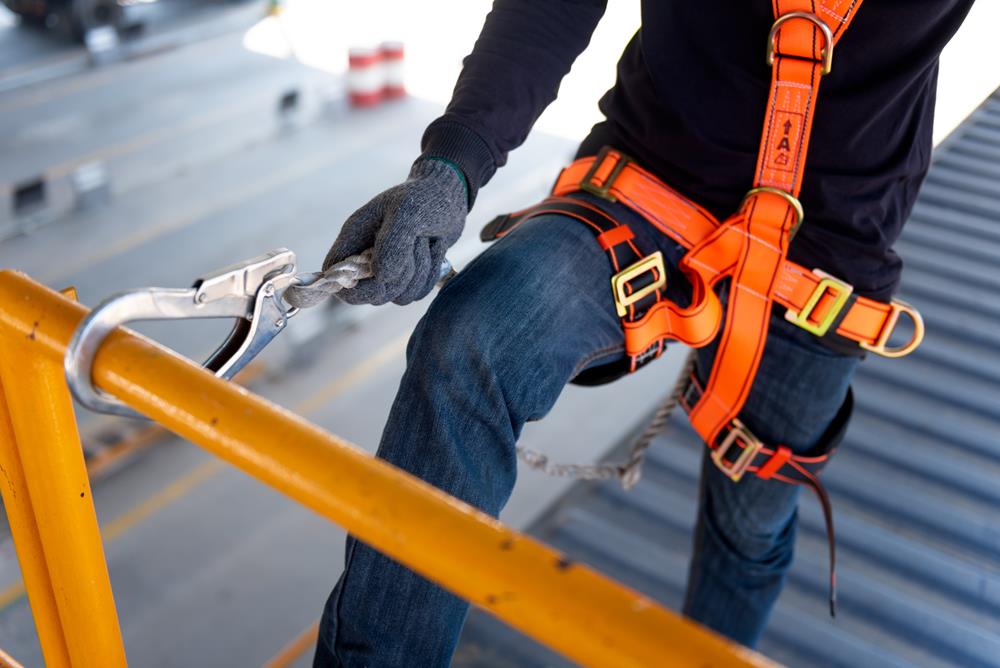New construction compliance: safer buildings (continued)

Back in our December Construction eNews, we talked about proposed new legislation to address and overhaul the existing building and fire safety regime in the wake of Grenfell and the Hackitt Review.
On 10 February 2021, the Housing Secretary, Robert Jenrick, unveiled a 5-point plan to remove unsafe cladding:
- An extra £3.5bn of funding will be made available for leaseholders to remove unsafe cladding from the high-risk residential buildings (18 metres/6 storeys, and over) in England, to add to the £1.6bn of funding announced in 2020
- Owners of flats in lower-rise buildings (between 11-18 metres/4-6 storeys) will have access to long-term, low interest, government-backed loans to replace unsafe cladding, with leaseholders paying no more than £50 per month for cladding removal
- There will be a new ‘Gateway 2’ developer levy imposed to cover the cost of grants which will apply when developers seek permission to develop future high-rise buildings in England
- A separate new tax for on UK residential property development from 2022 to raise £2bn over the next 10 years will be introduced to help pay for cladding remediation costs
- The new Building Safety Bill will be brought into effect later this year to tighten the regulation of building safety and review the construction products regime to ensure that a tragedy like Grenfell never happens again
Building Safety Bill
Industry consultation on the draft bill closed on 12 October 2020. It is currently being scrutinised by the select committee and is expected to receive royal assent this Summer.
Once in force, all new multiple-occupancy residential buildings that are over 18 metres in height will be unable to be legally occupied until they have been registered with the new Building Safety Regulator and a Building Assurance Certificate has been obtained confirming that the building is fit for occupation.
To obtain a Building Assurance Certificate, the building project must pass through a new Gateway regime, comprising 3 gateways, to provide rigorous inspection to help ensure building safety risks are considered at each stage of a building’s planning, design and construction. The regime will be overseen by the Building Safety Regulator, who will drive improvements in building safety and performance standards and provide specialist fire safety input on planning applications containing these higher-risk buildings.
Gateway 1 will be at planning application stage, requiring submission of a fire statement, demonstrating that fire safety requirements have been considered and incorporated into the development proposals.
Gateway 2 replaces the current ‘deposit of full plans’ stage in the Building Regulations. This requires submission of ‘key information’ to demonstrate how the building, once built, will comply with the Building Regulations, to include:
- full plans (as defined in the Building Regulations)
- a construction control plan (describing how building safety will be maintained during the construction phase and the framework for mandatory reporting of safety concerns)
- a fire and emergency file (setting out key building safety information)
- a signed declaration from the client that the principal designer and principal contractor meet ‘competency requirements’ (as defined in the draft bill)
- information to demonstrate that the Building Regulations are complied with and that building safety risk will be managed sufficiently
Gateway 3 takes place at the completion/final certificate stage. This requires submission of:
- as-built plans
- the information provided at Gateway 2, with updates since then
- a final declaration from the client, principal designer and principal contractor confirming that to the best of their knowledge the building complies with the Building Regulations
As yet, the Government has not set out any timescales for submitting gateway applications or response times. However, the draft bill does make express provision for any decisions of the Building Safety Regulator to be reviewed and appealed.
The Building Safety Regulator will be given powers to prosecute offences and issue compliance and stop notices. A failure to comply with these will amount to a criminal offence.
New construction products regulator
On 19 January 2021 the Government announced its intention to establish a new regulator for construction products in order to ensure that safer materials are used to build homes.
The regulator will operate within the framework of an expanded Office for Product Safety and Standards, and in tandem with the Building Safety Regulator and Trading Standards, to encourage and enforce compliance.
Businesses must ensure that their products are safe before being sold, in addition to testing products against safety standards.
The Regulator’s powers will include conducting its own product-testing when investigating concerns, removing a product from the market that presents a significant safety risk and prosecuting any companies who flout the rules.
Expert panel
The construction products testing regime is also in the process of being investigated by a Government appointed panel of experts with construction industry, regulatory and technical experience. The panel is expected to produce a report later on this year with its recommendations.
For more specialist legal advice please get in touch with Lucilla Waugh on 0191 211 7984 or email [email protected]
